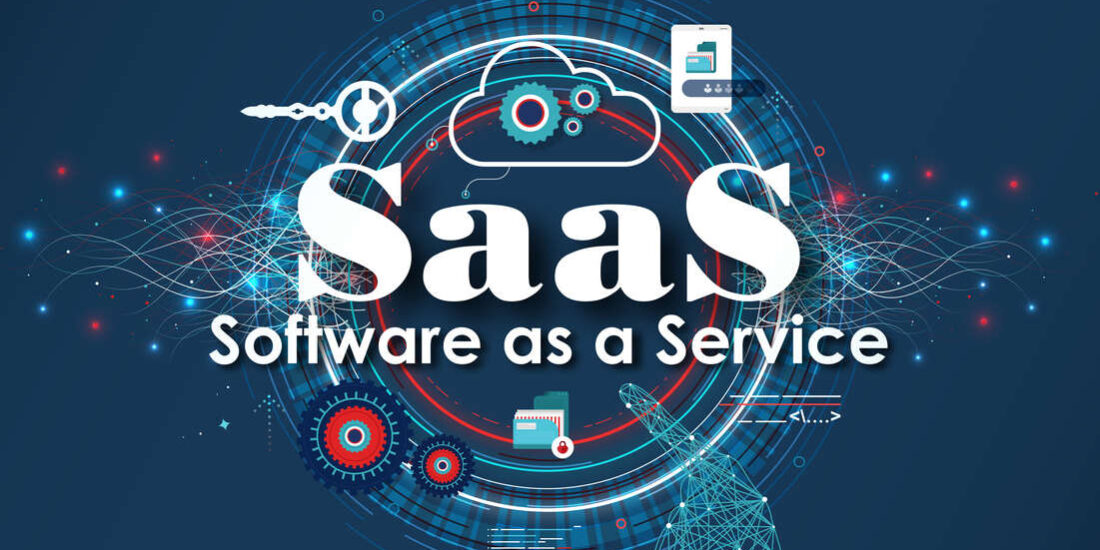A store advertises for employees, after coronavirus disease (COVID-19) restrictions were lifted, in Santa Monica, California, June 22, 2021.
Lucy Nicholson | Reuters
Small businesses across the country are struggling to keep employees and attract new staff in a tight labor market which has given workers the upper hand. The latest nonfarm payroll report on Friday showed that the hiring remains hot, with a better-than-expected 850,000 jobs added in June by employers, and wages again ticking higher.
Businesses are being forced to offer higher pay and more benefits to staff up and take advantage of a booming economy post-Covid. And they are competing locally with a slew of major corporations across the U.S. that have been hiking wages and offering enticing bonuses. Amazon is offering a $1,000 sign-on bonus for some warehouse jobs; McDonald’s raised its minimum wage in May and now offers $400 and $500 bonuses for certain positions; Chipotle offers an average $15 per hour wage and a $200 referral bonus for existing employees.
That war for talent has been tough on small businesses still in the midst of trying to recover from losses during the coronavirus pandemic. But many are entitled to get money back from the government through a credit against the employment taxes they pay. Small and midsize businesses can get cash directly from the federal government through the Employee Retention Credit (ERC), which offers businesses money back on a percentage of wages paid to their employees.
Many business owners are already taking advantage. “This helps them offset wages, wage increases, as well as some of the pay for new employees they’re bringing in,” Paychex CEO Marty Mucci told Jim Cramer on CNBC”s “Mad Money” last Tuesday. “We’ve already processed over $3 billion worth of employee retention tax credits, which is cash in their pocket to help them out right now.”
Still, many small businesses don’t know about it.
“One of the major programs that has been largely unknown is the employee retention tax credit,” said Sarah Crozier, spokeswoman for the Main Street Alliance, a small business advocacy organization. “A lot of people think of a tax credit as a reimbursement coming later, but this gets paid upfront.”
How the tax credit works
The ERC started with first federal Covid economic relief package, and it is was recently expanded to give businesses the opportunity to claim more money back from wages they paid to employees in 2020 and 2021. Businesses can get money for wages paid through the end of 2021 and retroactive payments for 2020 wages.
Eligible businesses can claim up to 70% back on up to $10,000 in wages paid to employees, or a maximum amount of $7,000 per employee for each quarter of the calendar year. It adds up to a potential total of $28,000 in cash back per employee annually.
The Employee Retention Credit is geared towards small and midsize businesses because you currently need to have 500 employees or less to be eligible. On top of the employee threshold, businesses currently need to see a 20% reduction in gross receipts in one 2021 quarter compared to the same quarter in 2019, or if they didn’t see this reduction, businesses would need to have been partially or fully shut down by government during the quarters for which they are claiming the ERC. The 2020 CARES Act legislation required gross receipts in a calendar quarter below 50% of gross receipts when compared to the same calendar quarter in 2019 to qualify.
How to make IRS claim
For an employer who already paid 2020 taxes, the ERC can reduce their overall liability and the cash claimed retroactively. To get the ERC money back in the form of a refund on taxes already paid, business must fill out an advance payment form, or Form 7200 with the Department of Treasury’s Internal Revenue System, or they can process it through a payroll company like Paychex.
“A lot of these businesses have short cash flow runways, and it’s really important to get as much money now rather than reimbursed later in the year,” Crozier said.
The credit can amount to a dollar-for-dollar cash refund up to the maximum of $7,000 per employee, per quarter, in 2021 (in 2020, it was a credit on up to 50% of a $10,000 maximum per employee, annually). Start-ups that were formed after Feb. 15, 2020 and were forced to shut down may be allowed a larger credit.
For a current payroll period, it can reduce liability per employee and the amount of employment tax that otherwise would have been paid, including federal income tax withholding, Social Security and Medicare taxes.
The specific quarter for which a business is claiming the credit — businesses typically file employment taxes quarterly — makes a big difference, and makes 2020 the year during which more labor costs are likely to be eligible, said Tony Nitti, a partner with the tax services group at RubinBrown. That is because business is much better in 2021 than it was in 2020 so the qualification related to decline in gross receipts versus 2019 may no longer be met. Nitti said businesses need to keep in mind the requirements and focus on claiming the ERC money only for the quarters in which they qualify.
How to count paid wages
Wages count toward this cash back incentive only if they apply to the FICA tax, which is the U.S. federal payroll tax, and wages paid to a business owner’s relatives are not eligible. Though money used for hiring bonuses to compete with the likes of Amazon and McDonald’s can count as eligible wages for the ERC.
The first economic relief package did not allow businesses receiving Paycheck Protection Program loans to claim the ERC, but now they can as long as they exclude any PPP loan money used to pay wages, and importantly, have not applied for PPP loan forgiveness. In effect, employers have a choice as to whether they apply for forgiveness on the PPL loan or ERC. If they apply for forgiveness an
d are denied, they can still apply for the ERC after. And in addition, any wages outside those paid for from PPP loan funds are still eligible for the ERC.

























